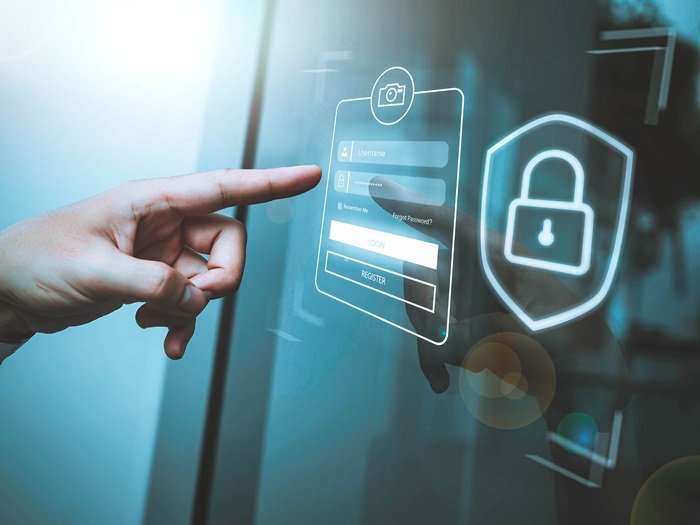
How to Select Effective Security Controls
Published on December 31st, 2024
Introduction
In today’s digital world, security controls are vital for protecting sensitive data and maintaining the integrity of business operations. Security controls are measures that organizations implement to defend against potential threats and vulnerabilities. As cyber threats grow more advanced, selecting the right security controls becomes essential for organizations to reduce risks and improve their security posture. This article provides guidance on how to select effective security controls, focusing on key considerations, types of controls, and best practices.
1. What Are Security Controls?
Before selecting security controls, it’s important to understand what they are. Security controls are safeguards or countermeasures designed to reduce risks. They can be:
- Technical: Tools and technologies to protect systems.
- Administrative: Policies and procedures to govern security practices.
- Physical: Physical barriers like locks and security cameras.
These controls protect against threats such as hacking, data breaches, malware, and system failures.
Types of Security Controls
- Preventive Controls: Designed to prevent security incidents, such as firewalls, encryption, and access control policies.
- Detective Controls: Help detect and identify threats, such as intrusion detection systems (IDS) and security monitoring tools.
- Corrective Controls: Used to recover after a security breach, such as data backups, incident response plans, and disaster recovery measures.
2. Assessing Organizational Needs and Risks
Selecting the right security controls depends on your organization’s unique needs and the risks it faces. A thorough risk assessment helps identify the most critical threats and vulnerabilities, allowing you to prioritize controls that offer the greatest protection.
Key Factors in Risk Assessment:
- Business Type: Different industries require different controls based on the type of business and sensitivity of the data.
- Threat Landscape: Consider potential threats such as cyberattacks, insider threats, or natural disasters.
- Compliance: Many industries have regulations (e.g., GDPR, HIPAA, PCI DSS) that dictate specific security measures.
3. Aligning Controls with Business Objectives
Security controls must align with your organization’s broader business goals. The selected measures should minimize risk without disrupting operations.
Key Considerations:
- Impact on Operations: Ensure security controls do not impede productivity or user experience.
- Cost-Effectiveness: The investment in security should be proportionate to the risks faced by the organization.
- Scalability: As the organization grows, the security controls should scale to handle more data and users.
4. Implementing a Layered Security Approach
A layered security strategy, also known as “defense in depth,” is one of the most effective ways to provide comprehensive protection. By using multiple security controls across different layers, organizations can better defend against a range of threats.
Key Security Layers:
- Network Security: Firewalls, intrusion prevention systems (IPS), and VPNs to protect the network.
- Application Security: Secure coding practices, web application firewalls, and regular security testing.
- Data Security: Encryption, access control policies, and data loss prevention (DLP) systems.
- User Security: Strong authentication methods, user training, and role-based access control (RBAC).
5. Regular Testing and Monitoring
It is essential to regularly test and monitor security controls to ensure they are working effectively. Regular testing helps identify weaknesses and gaps in the security posture.
Testing and Monitoring Activities:
- Penetration Testing: Simulate cyberattacks to uncover vulnerabilities.
- Vulnerability Scanning: Regularly scan for weaknesses in systems and applications.
- Continuous Monitoring: Use security tools (SIEM) to monitor and analyze security events in real time.
Conclusion
Selecting effective security controls is vital for protecting an organization against cyber threats and ensuring data integrity. By conducting a thorough risk assessment, aligning security measures with business objectives, and implementing a layered security approach, organizations can significantly reduce their exposure to security risks. Regular testing and continuous monitoring help maintain a strong security posture. With the right security controls, organizations can confidently navigate the evolving threat landscape while ensuring both compliance and the protection of sensitive data.
